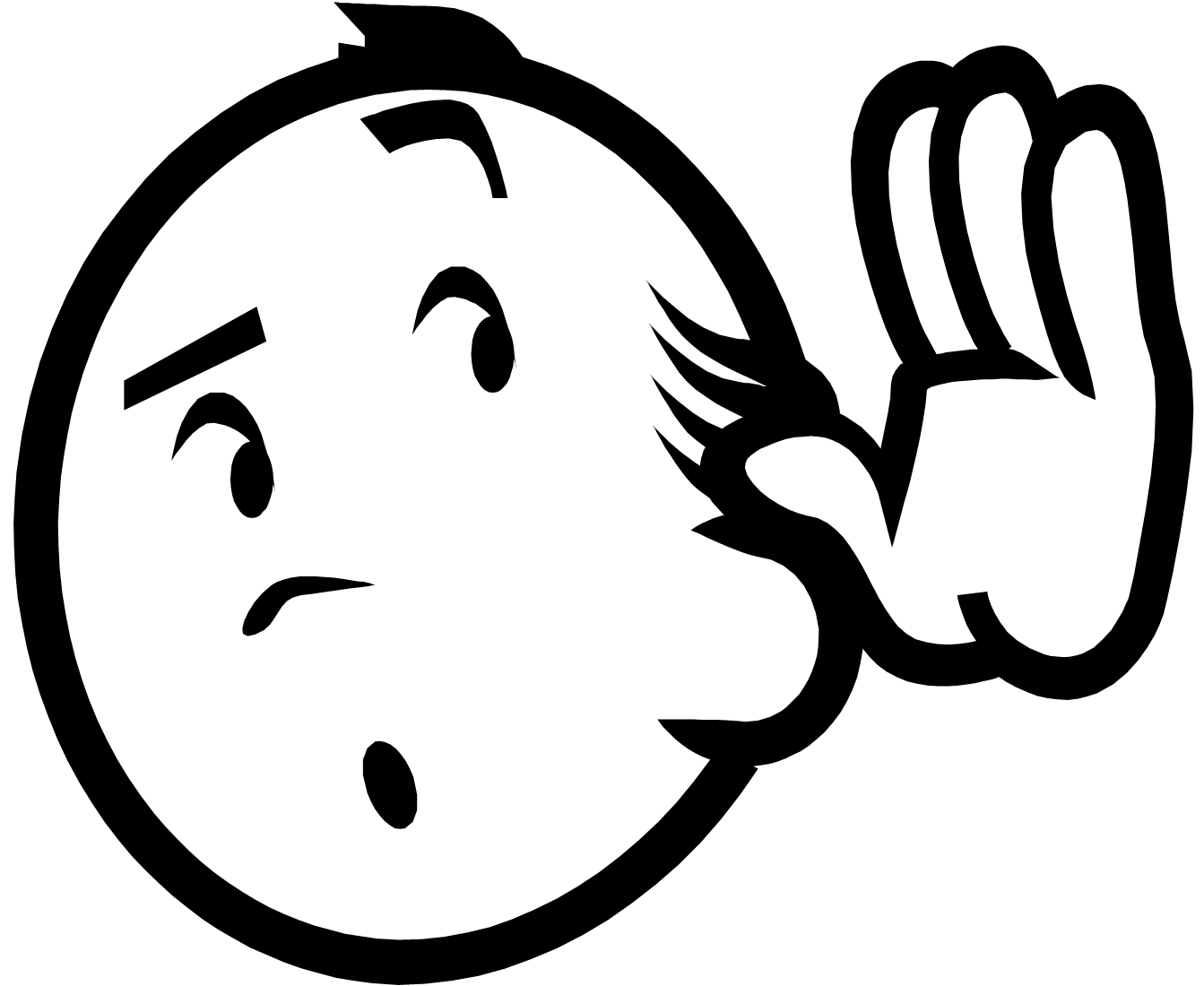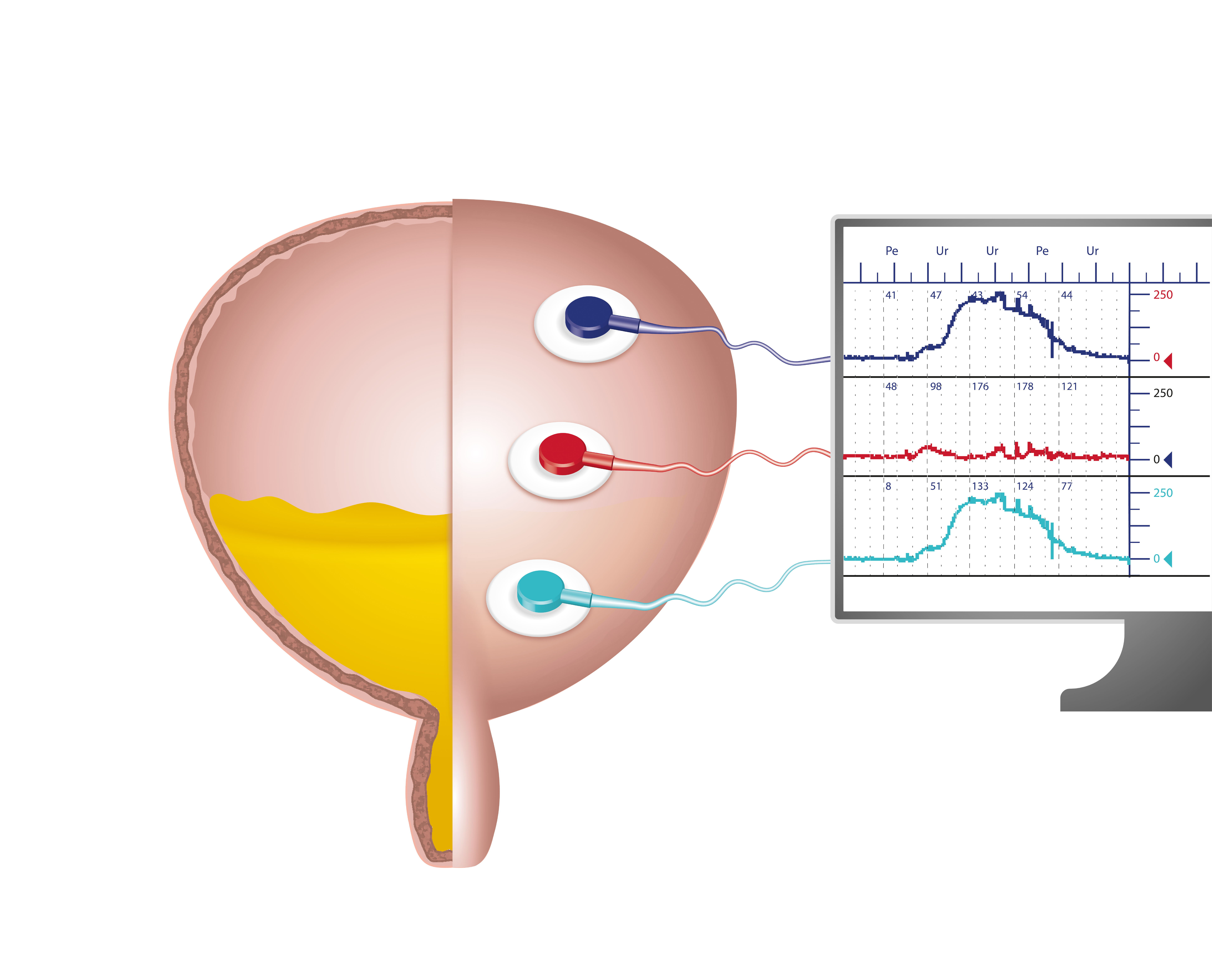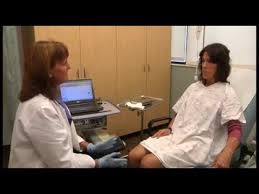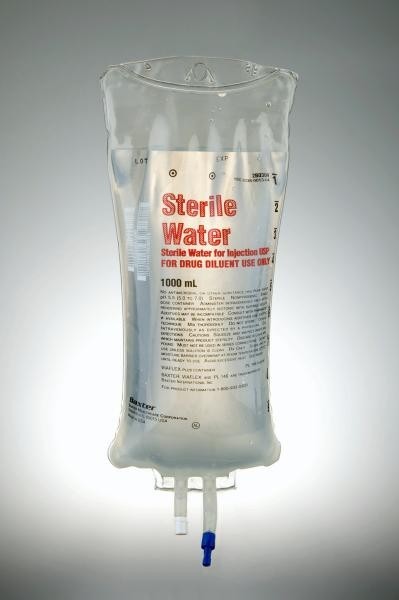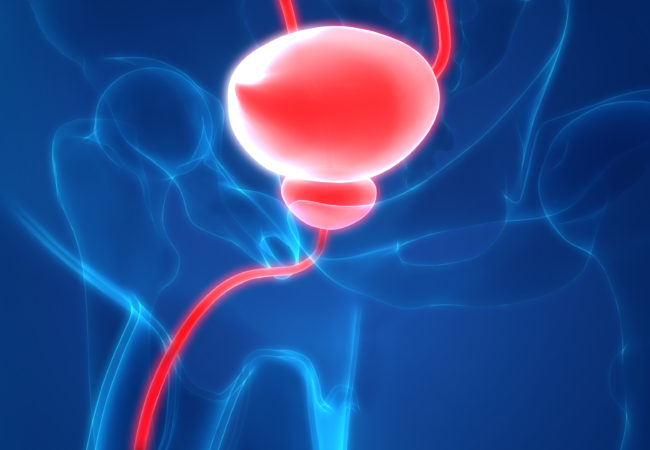Recently, a large-scale study of men referred to urologists in England for difficulty urinating has published results (Lewis Eur Urol 2019). This trial, called UPSTREAM, recruited over 800 men for two dozen locations across England. In addition to the usual history, physical and baseline evaluation for the voiding issues, some men were randomized to undergoing a urodynamics test (UDS) and the authors have recently reported some of their data.
Recent Updates on the Use of Urodynamics in Men
Topics: Urodynamics Testing, male urodynamics, Male Diagnostics
Urodynamics: Listen to the Patient or Listen to the Study?
During a urodynamics study (UDS), there are a variety of pieces of data coming in to the urologist and technician performing the study. Information will be obtained that is both subjective and objective in nature and the question is, who do you believe? Do you believe yourself and the objective data you are reviewing? Or, do you believe what the patient is telling you during the study? This blog post will explore this in detail.
Topics: Urodynamics Testing, urodynamics training, urodynamics interpretation
Additional Diagnostic Tests Commonly Used with Urodynamics (UDS)
Urodynamics (UDS) testing is usually performed in conjunction with a slew of other urologic tests and functions in concert with other diagnostics. This blog post will explore other common tests used in patients who will be having UDS testing and explains the indications and data that come from those other assessments.
All patients who have UDS will undergo a comprehensive history, physical and laboratory testing. The history will focus on the specific urologic complaints the patient has, but also bowel issues, neurologic disorders and whatever medications the patient is on as well. Surgical history, especially related to urinary tract and anti-incontinence surgery is critical as is diet information. Lab testing will include a urinalysis to search for blood or infection, urine culture if infection is suspected, and many patients will have serum lab testing to assess kidney function.
Topics: Urodynamics Testing, outsourcing diagnostics, urodynamics service provider, Uroflowmetry, Urology Practice Trends, Post-Operative Urodynamics
What is Required for a Urodynamics Tech or Nurse to be Competent?
Since urodynamics (UDS) is a relatively time consuming test, physicians who perform and interpret UDS are reliant on ancillary medical staff to perform much of the UDS study. This role is often performed by a mid-level provider, such as a nurse practitioner (NP), physician’s assistant (PA), registered nurse (RN) and even by a medical assistant or other trained technician (MA). The degree of medical knowledge needed to successfully perform a UDS test does not need to be extensive, hence providers do not need a medical or advanced degree to perform UDS; however, they do need to be proficient in setting the patient up for the test, know the key steps, know how to manage basic artifacts and when to engage the physician during a test.
Topics: Urodynamics Testing, urodynamics equipment, urodynamics training
Impact of Filling Rates on Cystometry/Urodynamic Studies
As with many of the practical aspects of urodynamics (UDS) testing, the rate at which the bladder is filled during the cystometric portion of the exam influences the test results. Generally speaking, filling during UDS can be at rates below physiologic levels, at physiologic levels or at supra-physiologic levels. There are distinct pros and cons to filling at either physiologic rates or rates above that, while filling at a rate below the natural rate of bladder filling is both inefficient and unnatural.
Topics: Urodynamics Testing, urodynamics, urodynamics training
Should Urodynamics (UDS) Require Certification for Doctors and Nurses?
As with many aspects of medical practice, a solid training foundation is critical to best practices and the safe delivery of care. When it comes to performing urodynamics (UDS), as with many other procedures, the question of what level of training is requisite to perform UDS appropriately is a reasonable one. And the natural extension of this is whether or not a specific certification process is warranted to perform UDS.
Topics: Urodynamics Testing, urodynamics, urology, UroGynecology
Are Urodynamic Studies a Core or Ancillary Urologic Procedure?
Core services urologists must offer include basic history and examination ability, cystoscopy and access to and interpretation of relevant lab and/or radiologic studies of the urinary tract. A urologist who cannot offer these basic services is really not practicing urology. UDS is an important test that urologists offer; however, a urology practice can exist without offering UDS and still thrive.
Topics: Urodynamics Testing, urology, urodynamics interpretation, Urology Practice Trends
5 Patient Scenarios Where Urodynamics Are Appropriate
Urodynamics (UDS) testing is a critical tool for the urologist managing voiding dysfunction and incontinence.
Like all tests, there are certain scenarios where the results are more helpful than others and times when using a test is critical.
This blog posts explores several key situations when UDS is a critical test to consider.
Topics: Urodynamics Testing, urodynamics
Down There: When You’re Not Talking About Australia!
The Great Divide.
There is a great divide that segregates women away from the rest of mainstream medicine. It is a vague dividing line at best, separating what is “down there” from the rest of the female body. Obstetricians and gynecologists have done what they could to obliterate that dividing line by declaring their women’s health specialty a “primary care” specialty. Nevertheless, a vast chasm opens through which many female patients can fall.
Topics: Urodynamics Testing, UroGynecology
Urodynamics (UDS) In Post-Radical Prostatectomy Incontinence
After radical prostatectomy (RP), nearly 5-10% of men may experience substantial issues with urine control. Immediately after surgery many men have issues, especially with stress leakage; however, most will regain an acceptable level of continence within 6-12 months of surgery. For this smaller group of men with persistent incontinence, however, urine control can be a substantial issue and some require additional intervention to restore continence. Urodynamics can be a helpful adjunct in this population.
Topics: Urodynamics Testing, urodynamics, male urodynamics, Post-Operative Urodynamics



